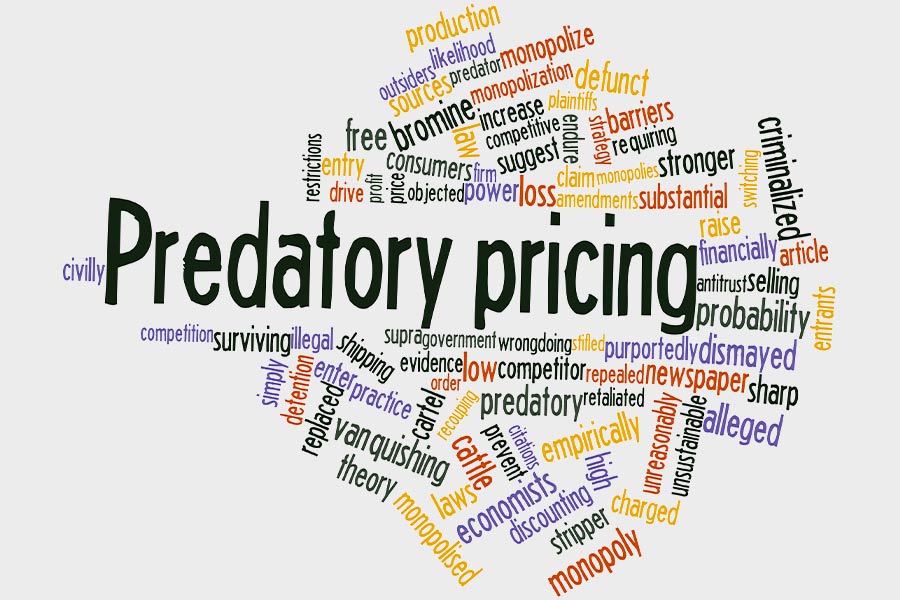Predatory Pricing and Competition Law Reform

- 21 Jun 2025
In News:
- The Competition Commission of India (CCI) has recently proposed the Determination of Cost of Production (DCOP) Regulations, 2025 to replace the older 2009 norms. A major reform introduced is the use of Average Total Cost (ATC) as a key metric to determine pricing in predatory pricing cases, while excluding ‘market value’ as a cost measure in such assessments.
- This development is significant in the context of India's broader competition law landscape, where concerns around market dominance and fair pricing are central to protecting consumer interest and ensuring a level playing field.
Understanding Predatory Pricing
- Predatory pricing refers to the practice of setting prices below cost to eliminate competitors from the market. Although consumers may benefit from low prices in the short term, the long-term consequence is often the emergence of monopolies, leading to higher prices and fewer choices. Due to its anti-competitive nature, this pricing strategy is banned in most jurisdictions globally.
- In India, predatory pricing is classified under ‘abuse of dominance’ as per the Competition Act, 2002, specifically under the broader category of unfair pricing or exclusionary conduct.
Legal Criteria for Establishing Predatory Pricing in India
For any allegation of predatory pricing to hold, three conditions must be satisfied:
- Dominance in the Market: The firm accused must hold a dominant position in the relevant market.
- Pricing Below Cost: The firm must have engaged in below-cost pricing, though defining “cost” has remained contentious. This raises the question—should cost mean fixed, variable, or total?
- Fixed costs are those independent of output (e.g., rent, IT systems).
- Variable costs change with production (e.g., raw materials, logistics).
- Total cost is the sum of fixed and variable costs.
- Intent to Eliminate Competition: There must be clear evidence that the pricing strategy was intended to exclude competitors from the market.
While dominance is usually straightforward to assess, determining what constitutes “cost” and proving anti-competitive intent remain legally complex.
Regulatory Evolution: From AVC to ATC
- Under existing regulations, the CCI had discretion to choose the cost metric on a case-by-case basis. The norm was to justify the use of any metric other than Average Variable Cost (AVC).
- A notable application was in the MCX vs. NSE case, where the Commission adopted the Long Run Average Incremental Cost (LRAIC) due to the network externalities inherent in stock exchange services, justifying inclusion of fixed costs.
- The new 2025 draft regulations now explicitly include Average Total Cost (ATC) as a valid benchmark for cost evaluation. ATC is widely accepted in industrial economics as a realistic representation of firm cost efficiency. By allowing ATC as a formal benchmark and excluding ‘market value’, the CCI aims to bring clarity and consistency in below-cost pricing investigations.
Why this Reform Matters
This proposed change holds importance for several reasons:
- It allows for a more holistic and realistic cost assessment, especially in industries where fixed costs form a significant part of the cost structure.
- It improves regulatory certainty and empowers the CCI to address anti-competitive practices in both legacy sectors (e.g., oil & gas) and emerging sectors (e.g., artificial intelligence and digital platforms).
- The reform is crucial at a time when the CCI’s budget has been declining year-on-year, limiting its enforcement capability. Simplified legal frameworks can enhance effectiveness without overburdening institutional resources.
